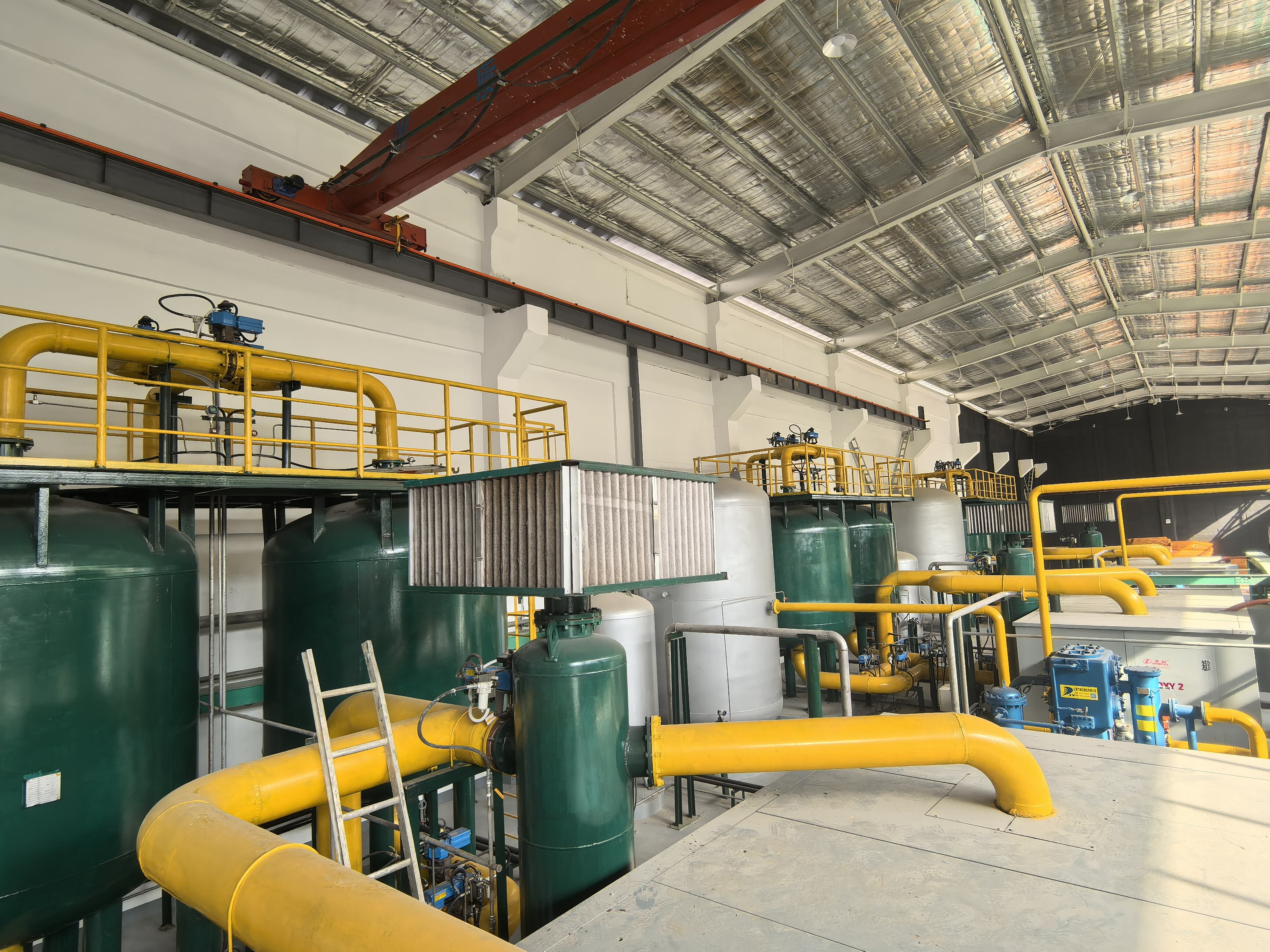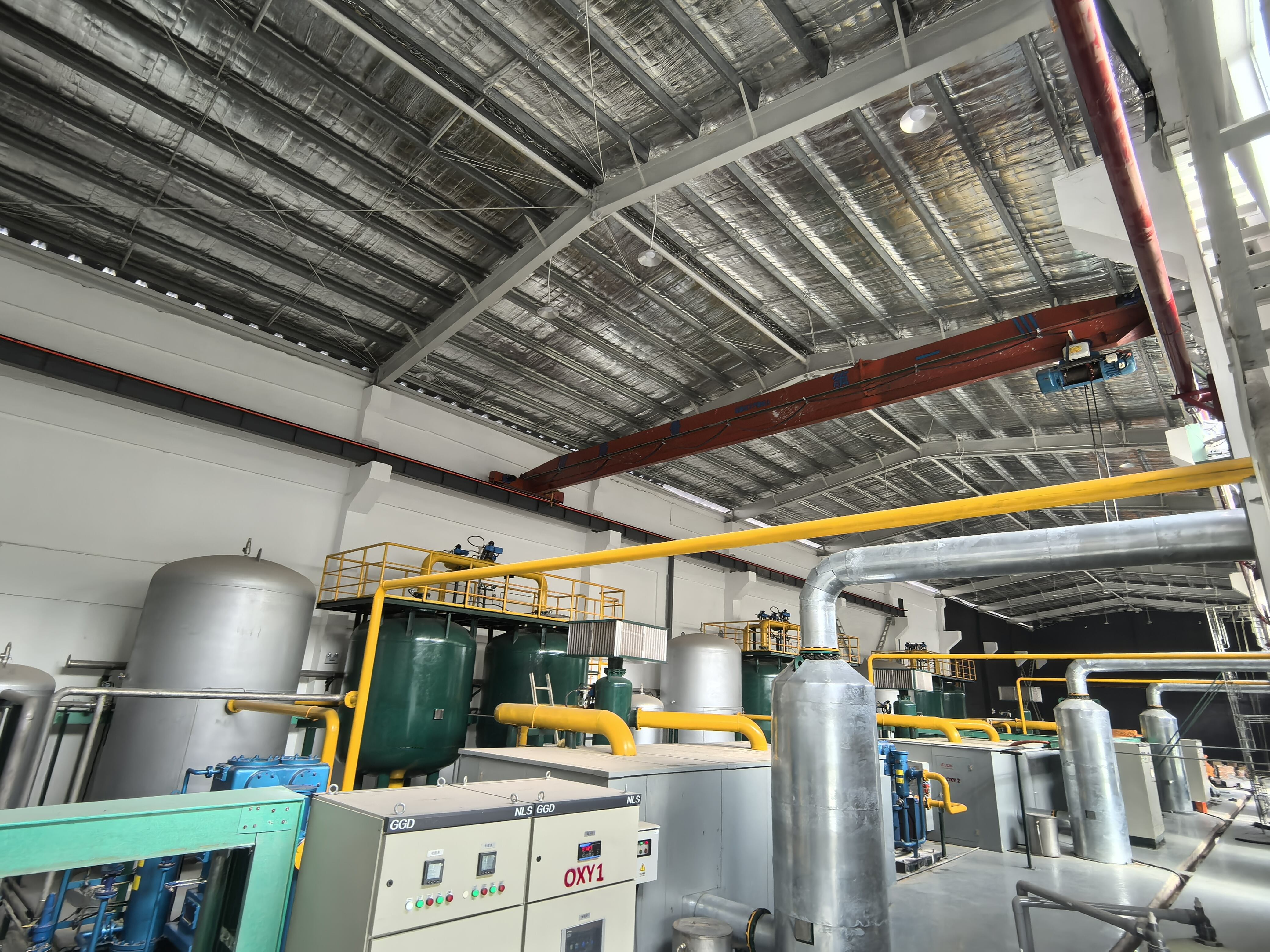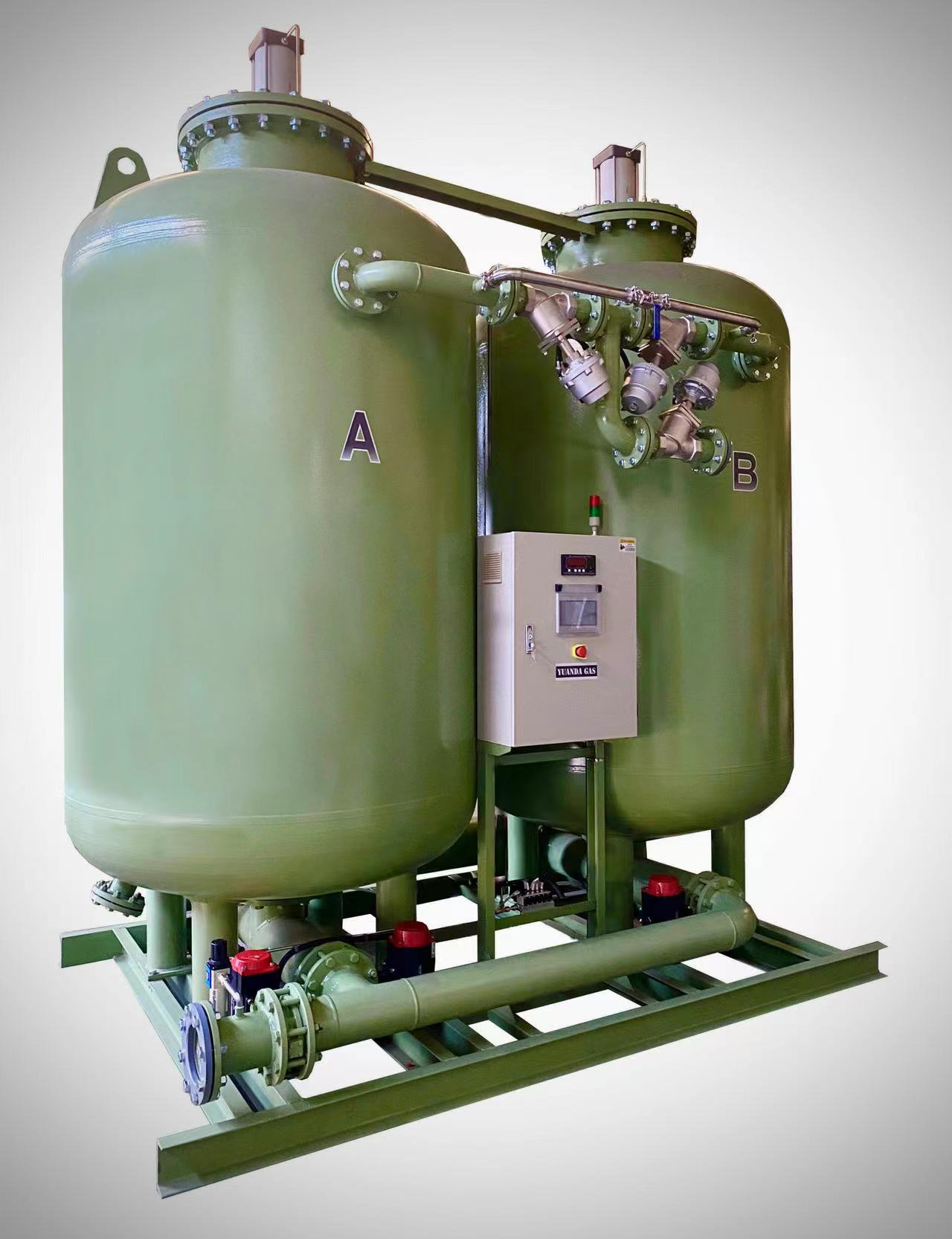vpsa oxygen generator
A VPSA (Vacuum Pressure Swing Adsorption) oxygen generator represents a cutting-edge solution for on-site oxygen production. This advanced system utilizes specialized molecular sieve materials to separate oxygen from atmospheric air, achieving purity levels up to 95%. The process involves two main phases: the adsorption phase, where nitrogen is captured by the molecular sieve under pressure, and the desorption phase, where vacuum conditions release the trapped nitrogen. The generator operates through a continuous cycle of pressurization and vacuum, ensuring a steady supply of high-purity oxygen. Modern VPSA systems incorporate sophisticated control systems that monitor and adjust operational parameters in real-time, optimizing performance and energy efficiency. These generators are designed to handle various capacity requirements, from small-scale medical facilities to large industrial applications. The system's modular design allows for easy expansion as demand increases, while its automated operation requires minimal operator intervention. VPSA technology has revolutionized oxygen generation by offering a reliable, cost-effective alternative to traditional liquid oxygen supply or older PSA systems. The technology finds extensive applications in healthcare facilities, steel manufacturing, wastewater treatment, and various industrial processes requiring consistent oxygen supply.


